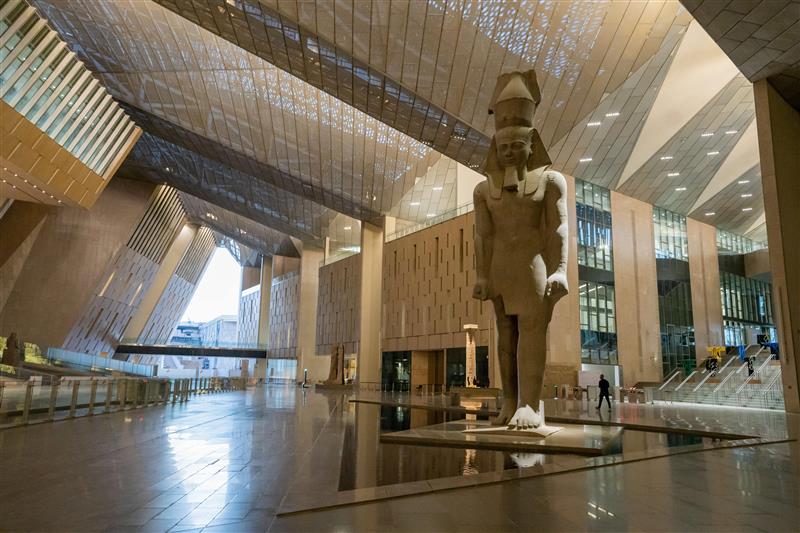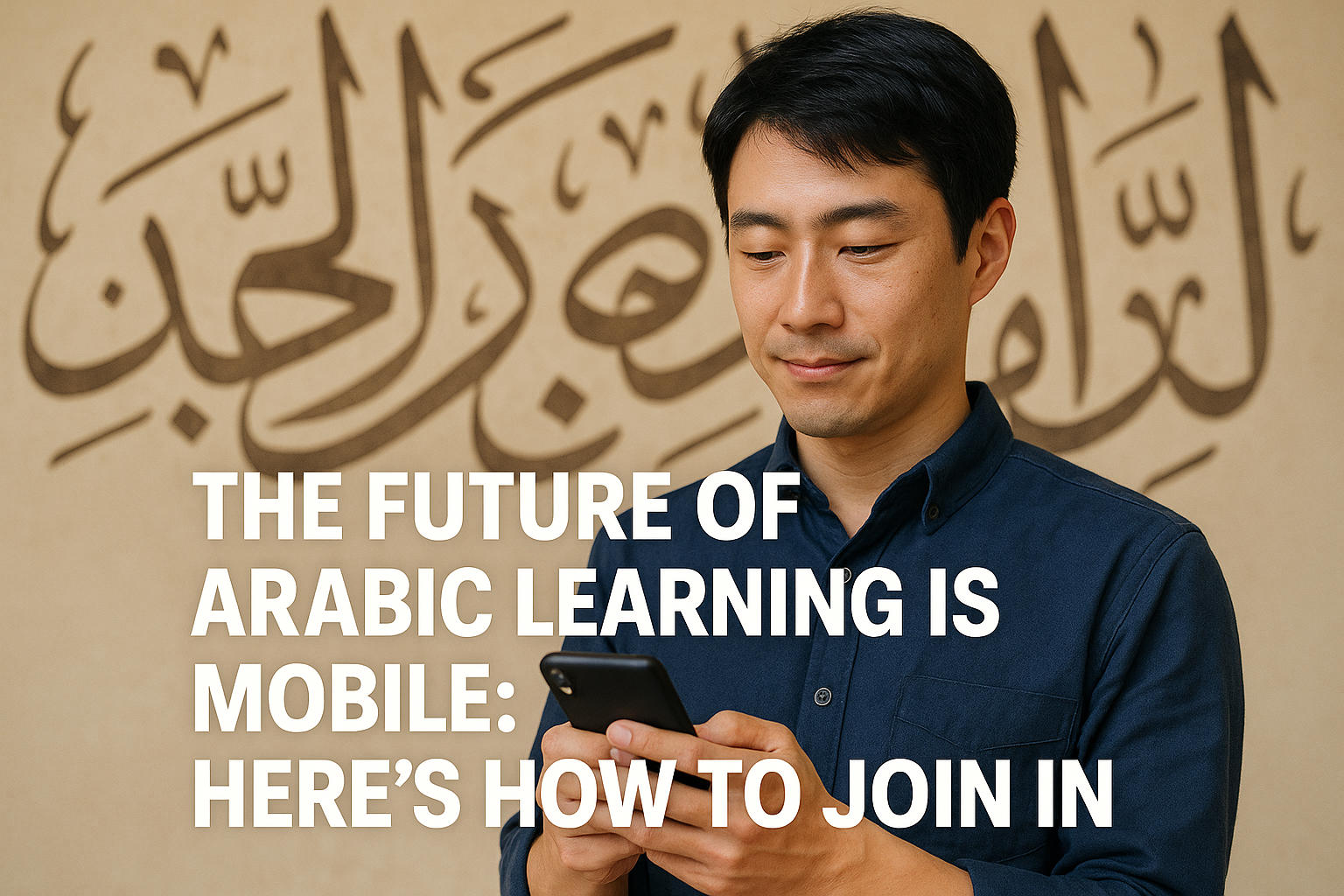How Memes and GIFs Can Help You Learn Arabic Online

In the ever-evolving world of digital learning, traditional classroom methods are being replaced by more engaging, fun, and effective strategies. One of the most surprising yet powerful tools emerging in the field of language learning is internet culture—particularly memes and GIFs. You might not think that humorous images or short looping animations can contribute to your language skills, but research and real-world experience tell a different story.
In this blog post, we’ll explore how memes and GIFs can help you learn Arabic online, why they’re more effective than you might assume, and how you can incorporate them into your daily Arabic practice. We’ll also show you how the Al Arabiya Institute makes language learning modern, relevant, and enjoyable—offering the best Arabic online courses with competitive prices and free trial lessons.
Why Memes and GIFs Work in Language Learning
To understand how memes and GIFs can help you learn Arabic online, it’s essential to understand how the brain works when acquiring a new language. Language learning isn’t just about memorizing vocabulary or grammar rules—it’s about associating words and expressions with emotions, visuals, and real-world contexts.
Here’s why memes and GIFs are so effective:
1. They Trigger Emotional Responses
Humor is a strong emotional trigger. When something makes you laugh or smile, you’re more likely to remember it. Memes often use humor, irony, or cultural references that make the vocabulary or phrase stick in your mind.
2. They Use Real, Everyday Language
Most memes use colloquial expressions, slang, and cultural idioms. If you’ve been studying Arabic from textbooks only, you might miss out on how people actually speak. Memes expose you to authentic, modern Arabic used by real native speakers—making your learning more practical and up-to-date.
3. They’re Visual
The human brain processes images faster than text. When a meme or a GIF pairs an Arabic word or sentence with a strong visual cue, your brain makes stronger connections—leading to better retention and faster recall.
Learning Arabic Vocabulary with Memes
When exploring how memes and GIFs can help you learn Arabic online, one of the most effective uses is vocabulary expansion. A meme can associate a single Arabic word with an image that explains or exaggerates its meaning.
Example:
Imagine a meme with a tired cat and the Arabic phrase:
“أنا مرهق جدًا” (I’m so tired).
Pairing this with an image of exhaustion gives you an emotional and visual anchor. The next time you’re tired, you’re more likely to remember and use the phrase correctly.
Understanding Arabic Expressions and Idioms
Arabic is rich in idiomatic expressions that are difficult to translate word-for-word. Memes help demystify these phrases by putting them in context.
Let’s say you come across the phrase:
“بلغ السيل الزبى”
Literally: “The flood has reached the palm trees”
Meaning: Enough is enough!
A meme that shows a person frustrated in a relatable situation (like dealing with bureaucracy or traffic) can illustrate this idiom in a memorable and funny way. This is a prime example of how memes and GIFs can help you learn Arabic online by putting abstract phrases into concrete experiences.
Grammar Without the Boredom
No one loves grammar drills. But memes can sneak grammar into your learning without the usual frustration. A well-designed meme might highlight verb conjugation mistakes in a funny way or show subject-verb agreement visually.
GIFs, with their repetitive nature, are perfect for illustrating grammatical patterns like:
-
Present continuous tense: “أنا أكتب” (I am writing)
-
Future tense: “سوف أذهب” (I will go)
Looping a GIF of someone doing the action while the Arabic sentence is displayed helps you internalize verb structures almost effortlessly.
Cultural Fluency Through Memes
Learning Arabic isn’t just about vocabulary—it’s about understanding culture, humor, and social norms. Memes and GIFs are windows into Arab online culture. Following Arabic meme pages or hashtags introduces you to the current jokes, trends, and concerns of Arabic-speaking communities.
This kind of exposure builds cultural fluency, which is often overlooked in traditional courses. It’s a crucial part of becoming a confident, well-rounded Arabic speaker.
And of course, Al Arabiya Institute recognizes the importance of culture in language learning. That’s why we encourage our students to engage with Arabic in multiple formats—memes included.
The Science Behind It: Multimodal Learning
The concept of using memes and GIFs in education is supported by multimodal learning theory, which states that people learn better when multiple senses are engaged. Visuals (like images and GIFs), audio (like Arabic pronunciation), and text (like captions) together create a richer learning experience.
When a meme includes Arabic text, an image, and sometimes sound (like in video memes), you’re learning through multiple channels. This results in:
-
Better engagement
-
Higher retention rates
-
More enjoyable study sessions
How to Start Using Memes and GIFs in Your Arabic Learning Routine
Now that you understand how memes and GIFs can help you learn Arabic online, here’s how you can integrate them into your routine:
1. Follow Arabic Meme Pages
Start following Instagram, Facebook, or TikTok accounts that post Arabic memes. Look for pages that use Modern Standard Arabic (MSA) if you’re a beginner, or delve into dialectal memes (like Egyptian or Levantine) for a more advanced challenge.
2. Create Your Own Arabic Memes
Make learning fun by creating memes with the new Arabic words you learn each week. Use meme generators and pair Arabic sentences with your favorite pop culture references.
3. Use GIFs for Practice
On apps like Telegram or WhatsApp, search for Arabic-language GIFs and use them in conversation with friends or fellow learners. Practicing in this informal way builds confidence and familiarity.
4. Use Memes as Flashcards
Take screenshots of your favorite Arabic memes and save them in a flashcard app like Anki. Every time you review them, you’ll smile and remember the vocabulary.
How Al Arabiya Institute Encourages Fun and Modern Arabic Learning
At Al Arabiya Institute, we believe language learning should be engaging, effective, and enjoyable. That’s why we incorporate digital trends and real-life media into our online Arabic courses.
Whether you’re a beginner or an advanced learner, our courses are designed to:
-
Build your communication skills
-
Teach you both Modern Standard Arabic and dialects
-
Help you understand Arabic culture
-
Use modern tools—like memes, videos, social media clips—to make learning dynamic
We offer the best online Arabic courses at unbeatable prices, with free trial lessons so you can experience our methods before committing. Our qualified instructors are not just native speakers, but also trained in modern teaching strategies tailored to online learning environments.
A Final Word: Make Arabic Learning Fun and Memorable
If you’ve been struggling with motivation, consistency, or just boredom in your Arabic learning journey, it’s time to switch things up. Embrace digital culture. Use humor. Explore how memes and GIFs can help you learn Arabic online—not just passively, but in a way that builds real understanding, context, and cultural connection.
When you laugh, you learn. When you see something funny and meaningful, it stays with you. Don’t underestimate the power of memes and GIFs—they might just be your best Arabic teacher yet.
And if you’re looking for a structured and effective way to learn Arabic online with a modern twist, look no further than Al Arabiya Institute. We combine fun, flexibility, and solid pedagogy to help you achieve your Arabic language goals.
Try a free lesson today and see how enjoyable Arabic learning can be—with the best prices and professional teachers in the field.







